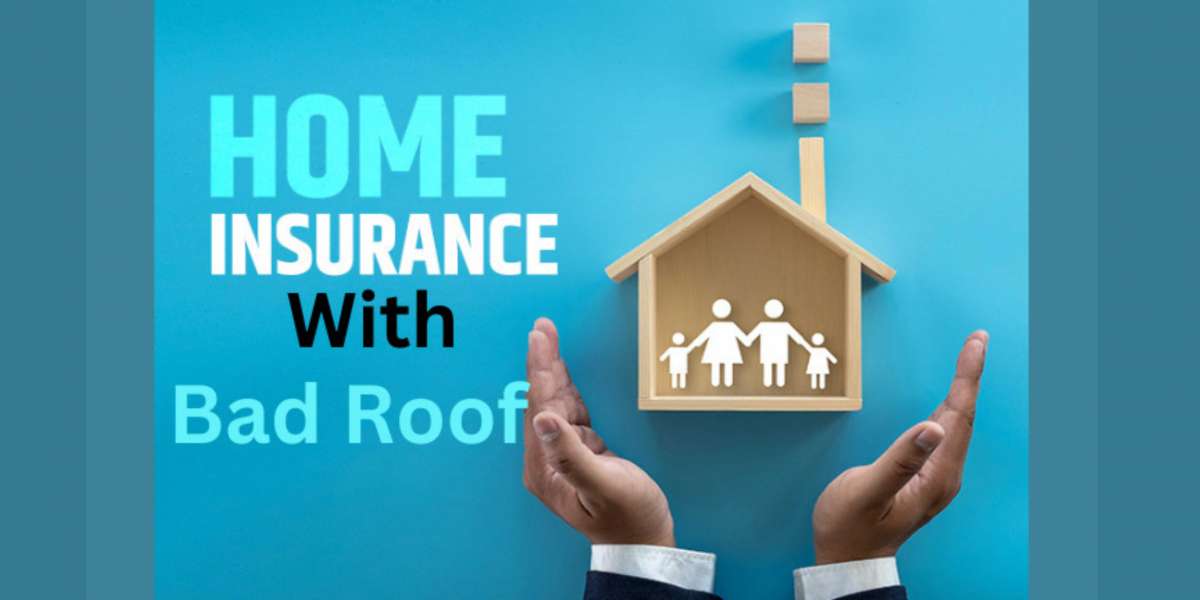Getting homeowners insurance with a bad roof can be challenging, as insurance companies may view roofs in poor condition as a higher risk for potential damage or claims. However, there are steps you can take to improve your chances of obtaining coverage:
Assess the Damage: Before seeking insurance, assess the condition of your roof. Determine the extent of any damage, including missing shingles, leaks, or structural issues. Understanding the severity of the problem will help you communicate effectively with insurance agents.
Repair or Replace the Roof: If possible, address any issues with your roof before applying for insurance. Depending on the extent of the damage, you may need to repair or replace the roof. While this can be a significant expense, it may increase your chances of obtaining coverage and reduce the risk of future damage to your home.
Document Repairs: Keep detailed records of any repairs or improvements made to your roof. This documentation can demonstrate to insurance companies that you have taken steps to mitigate risks and maintain your property.
Shop Around: Not all insurance companies have the same underwriting guidelines, so it's worth shopping around to find one that is willing to provide coverage for homes with a bad roof. Consider contacting multiple insurers and obtaining quotes to compare coverage options and premiums.
Consider Specialized Insurance Providers: Some insurance companies specialize in providing coverage for properties with unique risks, such as homes with older roofs or prior damage. These insurers may be more willing to offer coverage or provide options tailored to your specific situation.
Provide Additional Information: Be prepared to provide additional information to insurers about the age and condition of your roof, any previous insurance claims related to roofing issues, and any steps you have taken to mitigate risks, such as regular maintenance or inspections.
Consider Policy Exclusions or Limitations: In some cases, insurance companies may offer coverage with exclusions or limitations related to the roof. For example, they may exclude coverage for roof-related damage or require a higher deductible for roof claims. Evaluate these options carefully to determine the best fit for your needs and budget.
Work with an Independent Insurance Agent: An independent insurance agent can help you navigate the process of obtaining coverage with a bad roof. They have access to multiple insurance companies and can help you find the best options based on your specific circumstances.
Be Honest and Transparent: When applying for insurance, be honest and transparent about the condition of your roof. Providing accurate information upfront can help avoid issues with claims processing later on.
While obtaining homeowners insurance with a bad roof may require extra effort and research, it is possible to find coverage that meets your needs. By addressing any issues with your roof, shopping around for insurance, and working with experienced professionals, you can protect your home and finances against potential risks.








